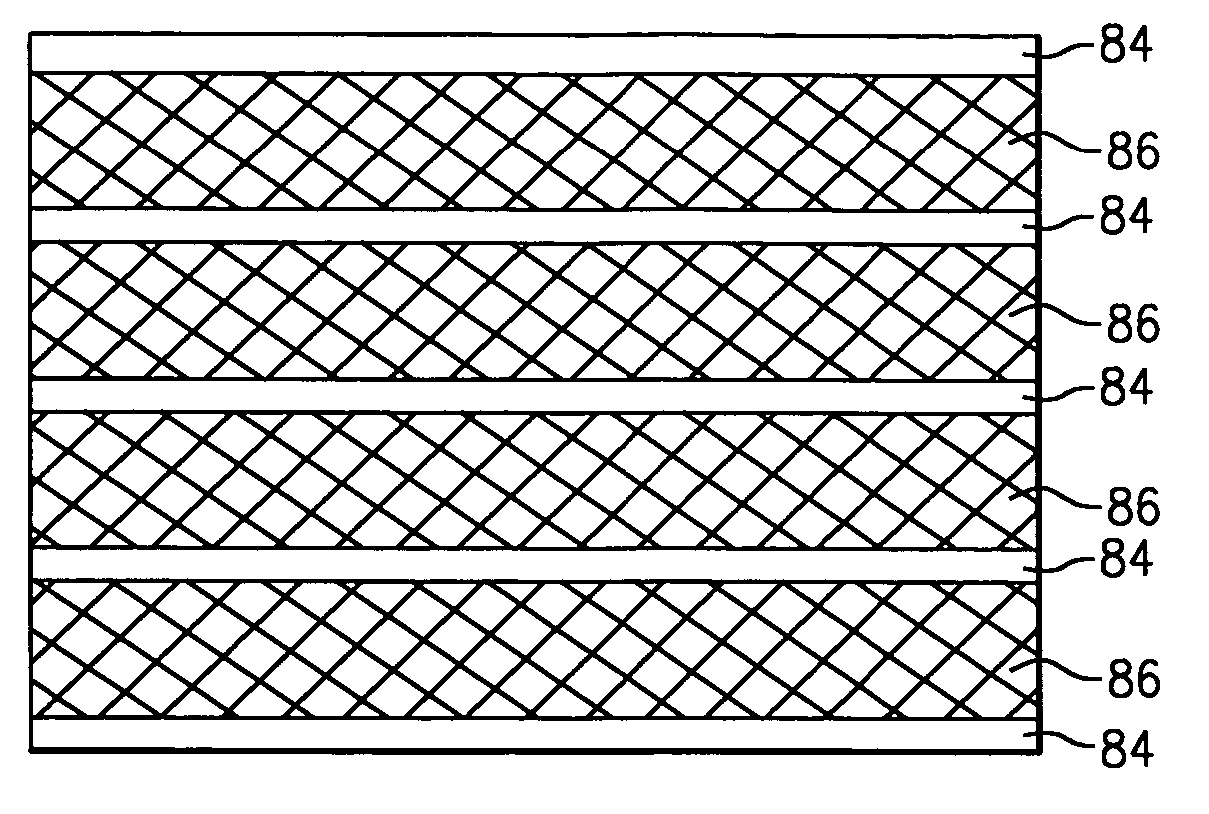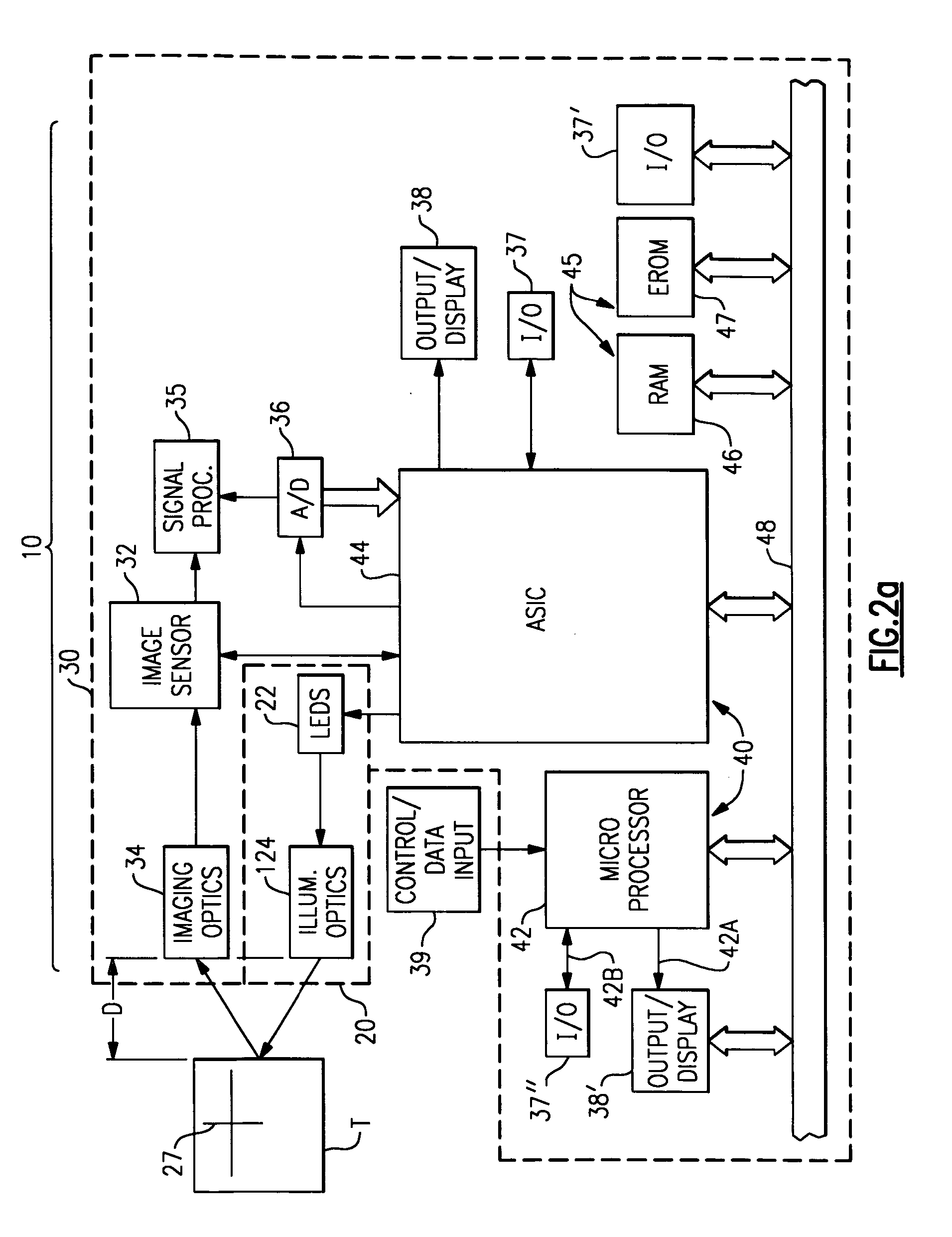Bar code reading device having partial frame image capture operating mode
a reading device and partial frame technology, applied in the field of optical readers, can solve the problems of increasing increasing the overall frame clock out rate of the frame of image data, etc., and achieve the reduction of the parameter determination delay of the reader, the effect of reducing the overall frame clock out rate and reducing the parameter determination delay
- Summary
- Abstract
- Description
- Claims
- Application Information
AI Technical Summary
Benefits of technology
Problems solved by technology
Method used
Image
Examples
Embodiment Construction
[0029] When operated to generate valid pixel data, presently available optical reading devices clock out electrical signals corresponding to pixel positions of an image sensor at a uniform clock out rate such that the electrical signal corresponding to each pixel of the image sensor array accurately represents light incident on the pixel.
[0030] By contrast, an image sensor of the present invention is made to operate under two major frame capture modes, a “low resolution” frame clock out mode and a “normal resolution” frame clock out mode. In a “low resolution” mode of operation, an image sensor according to the invention is operated to clock out electrical signals corresponding to some pixels of an image sensor array at a high clock out rate and other pixels of the image sensor at a normal clock out rate. Clocking out a portion of the electrical signals using a faster than normal clock out rate results in a reduction in the overall frame clock out time while clocking out a portion ...
PUM
 Login to View More
Login to View More Abstract
Description
Claims
Application Information
 Login to View More
Login to View More - R&D
- Intellectual Property
- Life Sciences
- Materials
- Tech Scout
- Unparalleled Data Quality
- Higher Quality Content
- 60% Fewer Hallucinations
Browse by: Latest US Patents, China's latest patents, Technical Efficacy Thesaurus, Application Domain, Technology Topic, Popular Technical Reports.
© 2025 PatSnap. All rights reserved.Legal|Privacy policy|Modern Slavery Act Transparency Statement|Sitemap|About US| Contact US: help@patsnap.com



